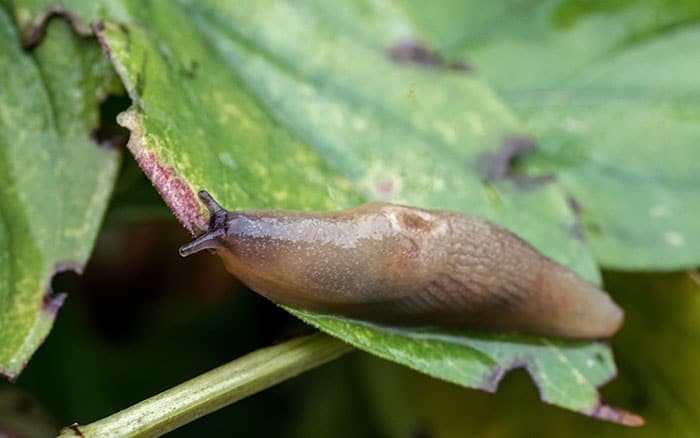Almost all of us use them. Souffles, omelettes, a fry up, cupcakes. Eggs are a regular in our kitchens. But did you realise that what you have been throwing away could be very useful in your garden? Read on to find out how.
Why eggshells?
They’re cheap, organic, and most of us use them in our kitchens every day. But we rarely find a use for them outside of throwing them away, which just ends up piling up in landfill. Rather than adding to this problem, there are uses right outside in our gardens that you might not have thought of!
If you don’t tend to use eggs in your own home and fancy trying this out, perhaps ask at your local bakery or pub and see if they have any leftover eggshells.
Eggshells as a deterrent
Late February and early March is when most of us are gearing up to get our vegetable patches growing-season ready. But there are a couple of pests that can make us shudder when thinking about planting our vulnerable seedlings.
Slugs and snails are around all year, barely hibernating in the extreme hot and cold. But these gastropods become quite a burden when spring comes around and your young seedlings are in their reach.
There are quite a few ways to try to keep slugs away from your defenceless plants, and eggshells is one that I’m going to be testing out.

Prepping the eggshells
You can’t just throw your fresh eggshells onto your garden to keep slugs and snails away. The membrane inside is a delicious treat for gastropods, so the sharp edges will hardly scare them away and rather fuel them up nicely to work away at your garden!
Follow this step-by-step guide to show you how to best utilise your leftover eggshells to protect your garden. Try to do this regularly, as this ensures you’re not left with piles of eggshells around your home.
Drying eggshells
- Once you have collected up your eggshells in a bucket, try to clean them out, just with water to get rid of any egg white or yolk residue left inside.
- Now you need to heat them. There are a few different ways of doing this depending on what equipment you have:
- In an oven – 200°C/392°F/Gas mark 6 for 15 minutes, though try to do this when you are already using your oven to save electricity and adjust the time depending on what temperature you need.
- In the microwave – on high for 5-8 minutes. If it is taking a little while, keep trying for 30 second intervals until the membrane has dried up.
- In an air fryer – 180°C/350°F for 10 minutes. Air fryers are brilliant, cost effective and quick for those of you who have them. Make sure to keep an eye on your eggshells here, as each air fryer has different heat settings.
- Once you have done this, set them aside, preferably in the fresh air to cool and dry thoroughly. You don’t want to store them until you have done this step, as they will sweat and you may have to start again.
- Pop them in a container with a lid so that you have them set aside and ready to spread on your garden.



Spreading eggshells on your garden
Once you have your dried-up eggshells, crush them up a little bit. But not too much, because you need to have a nice variance in sizes. This creates more sharp edges and obstacles for slugs to struggle with.
Scatter them around your plants in your garden so that you have a nice mix of sizes and few gaps. Don’t put them directly on your plants, as the sharp edges won’t help them and may block the leaves from getting access to sunlight.


These eggshells won’t be able to completely stop slugs and snails, especially if they are particularly hungry, but they will slow them down. So rather than throw them away, make use of this organic alternative to tackle your slug and snail problem.

Leave A Comment